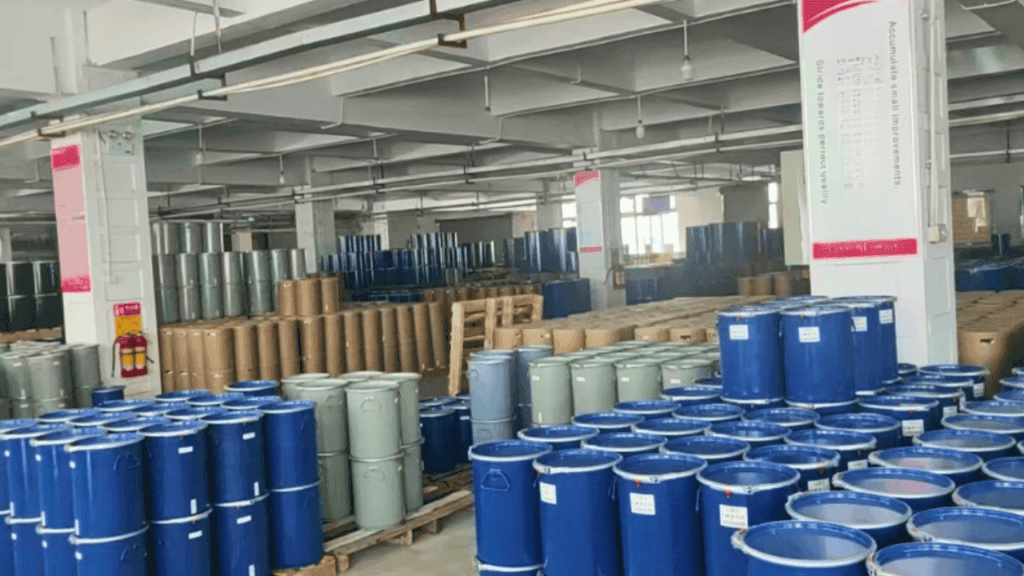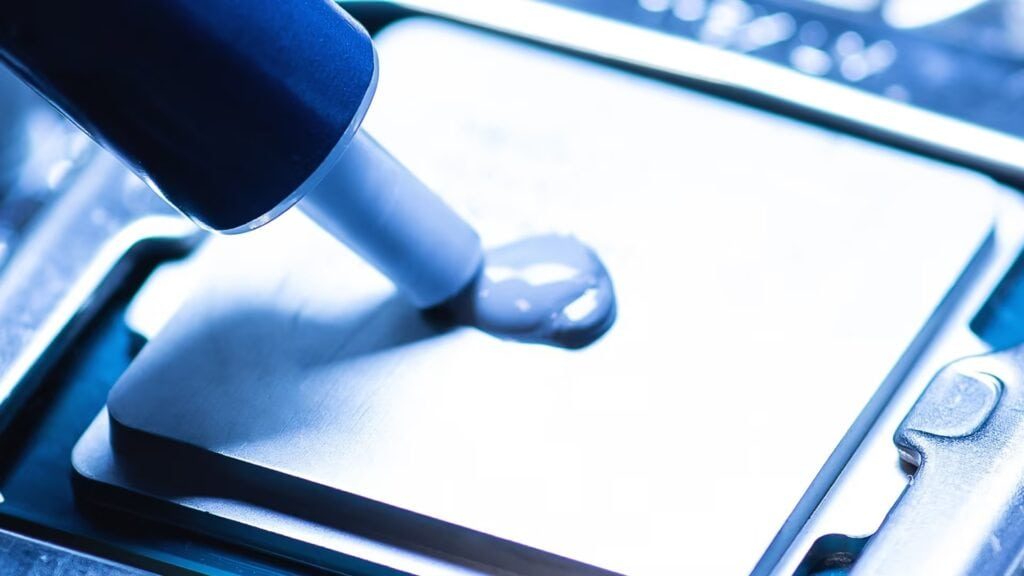Hot glue is a multipurpose adhesive that is commonly used in production and for simple crafts. Hot glue has a reputation for sticking things together very tightly. However, there often comes moments when hot glue ends up on surfaces where it should not be, now you are faced with the challenging task of trying to get it off.
If you find yourself in a situation such as this, then you are in luck reading this. Why is that? Well, for the most part of this article, we will be taking a systematic approach to hot glue removal, and detailing several home techniques on how to remove hot glue from various surfaces.
Do well to pay close attention to the different methods of removing hot glue, because it is important to use the one that appropriately fits your use surface type, to avoid further difficulties.
Understanding Hot Glue and Its Removal Challenges
Before dealing with hot glue removal challenges, we must first understand how hot glue works, and what makes its removal potentially challenging. Do not be mistaken, hot glue is not like your regular adhesive, it is much more powerful, due to its efficiency as a thermoplastic adhesive.
Let’s do a little breakdown:
- Thermo (Heat): In its initial form, the glue is only a solid stick of plastic adhesive, then it goes through a glue gun, using heat to shoot it past its melting point and turning the plastic into a viscous liquid.
- Plastic (Adhesive): In the liquid form, the glue can be easily applied to any surface, seeping through the tiniest pores and filling cracks regardless of texture.
Where the real magic happens is when the glue cools down and solidifies, thereby creating a mechanical bond. Then the challenge arises also in the mechanical bond created by hot glue.
When hot glue is applied on porous surfaces such as carpet, textile, paper, etc., it does not simply sit on the surface, no, it soaks and seeps into the material, sometimes reaching parts where it should not, posing a huge problem when it hardens. While on non-porous surfaces like glass and metal, it sits on the surface, and removal is not as difficult.
General Tips for Removing Hot Glue
As we head into the different techniques with which hot glue can be removed from various surfaces, here some helpful and important tips you should keep in mind:
- Use Universal Methods: Some of the hot glue removal methods are universal, that is, they are applicable to most surfaces, so you should try to employ them first before attempting other more specialized methods. These universal methods include freezing, heating, soft scraping, and using solvents.
- Testing First: Usually, hot glue removal remedies produce successful results, but in certain occasions, it can be otherwise. To ascertain how effective a removal technique is going to be, and determine its safety, ensure to test the method on a small area of the affected surface.
- Health and Safety Precautions: Breathing in fumes, ingesting, or having it in direct contact with the skin or eyes can be hazardous when dealing with solvents. Do not use them in a closed space, use hand gloves if available.
How to Remove Hot Glue from Textiles
Hot glue is characterized by high viscosity and the ability to go through porous surfaces, making it the go-to adhesive for crafting projects, especially for use with fabric or upholstery.
Occasionally while trying to apply hot glue, it can get stringy, messing up the surface of your textile. If you find yourself in a situation like this, no need to panic, it can be remedied.
Below are 3 easy ways to remove hot glue from textile:
Method 1: Freezing Technique
Place the fabric inside a freezer for about 10-20 minutes, allowing it just enough time to get frozen. Once this is done, take it out from the freezer and use a spoon to softly scrape off the now hardened glue. It should come off easily, so no need to be harsh on the surface.
Alternatively, this technique can be achieved by placing a Ziploc bag of ice on the affected area.
Method 2: Using Alcohol
Pour little alcohol on a cotton swab, then softly work it around the surface where the dried glue is, starting from the edges. The alcohol will weaken the adhesive, this makes it easy to peel and pull the glue off from the edges.
Method 3: Heating Method
Even though freezing is the most commonly used technique for removing hot glue from textile, heat can also be helpful in doing the same. So in cases where you can not get ice, you apply heat, typically with a hairdryer. The heat softens the glue and makes it easy to remove.
How to Remove Hot Glue from Carpet
Removing hot glue from carpet requires techniques and expertise from removing hot glue from textile. Reason being that carpets can be too big to be placed in freezers, and applying heat or alcohol could also damage them.
How then can hot glue be removed from carpet?
Method 1: Ice Cube Trick
The ice cube trick is the easiest and safest to employ when removing hot glue from carpets. It does not involve the use of chemical substances that can damage and alter the color of the carpet. Simply place ice cubes on the glue till it gets so cold that it begins to crack and becomes safe to remove.
Method 2: Vinegar Solution
Vinegar contains a mild level of acidity that makes it capable of softening the adhesive. Mix water with vinegar, then apply the solution on the surface where the hot glue is, afterwards, wipe clean with a piece of cloth.
Method 3: Commercial Glue Remover
This is usually the last resort when the other home methods for removing hot glue from your carpet fails. Commercial glue removers are specially formulated to tackle adhesives, while avoiding any harm to the material underneath.
Some popular hot glue removers you can use include:
- Goo Gone Original: citrus-based glue remover.
- Krud Kutter Adhesive Remover: water-based biodegradable hot glue remover that easily breaks down adhesives.
- 3M General Purpose Adhesive Cleaner: solvent-based glue remover that’s ideal for the toughest hot glue situations.
NOTE: when choosing a commercial hot glue remover, always choose one that is boldly labelled as safe for carpets.
How to Remove Hot Glue from Stucco
Hot glue is very effective for holding things perfectly on stucco without the need for nails. More commonly, it is used to hold holiday decorations and ornaments to the wall, which will need to be taken off once the holidays are over. Here is how you can remove hot glue from stucco:
Method 1: Plastic Tool Scraping
This method is very easy, you just need a plastic tool to scrape with. The tool could be a plastic knife like those designed for scraping ice from freezers, or even the butt of a plastic spoon. Gently use it to scrape off the glue without damaging the surface.
Method 2: Using Solvents
Solvents are generally a universal solution for hot glue removal, so they are applicable to stucco surfaces. Apply a small amount of acetone on the surface, and gently wipe off the glue.
Method 3: Sanding (For Stubborn Residue)
If the other two methods fail, or if there is still a stubborn film of glue left on the surface afterwards, sanding can be carried out as a last resort. Use fine-grit sandpaper to gently scrape the area till it gets smooth. Try to not sand the stucco itself, but to carefully abrade the glue off the surface.
How to Remove Hot Glue from Wood

Extra care is required when removing hot glue from wood, as you want to avoid warping or removing the finish. Below are simple methods to remove hot glue from wood:
Method 1: Heat Gun or Hair Dryer
Use a heat gun or hair dryer on the glue, the heat will soften it and make it easy to peel off without causing damage to the wooden surface due to its high heat resistance.
Method 2: Oil or Glue Remover
You can use one of either, and not both at once. They are specially formulated to dissolve polymers. Simply apply drops of olive oil or glue removal on the surface and let the glue loosen, making it easy to wipe off.
Method 3: Sanding the Surface
As explained under Stucco earlier, sanding can also be used to remove hot glue from wooden surfaces. Gently sand the wood with sandpaper to remove any leftover hot glue.
How to Remove Hot Glue from Glass
Glass is essentially a non-porous material, which means it is resistant to cleaning with solvents and other similar hot glue removal methods.
Method 1: Razor Blade Scraping
Carefully scrape off excess glue from the glass with a light razor blade or plastic scraping tool. Ensure to do so lightly so as to not roughen the glass surface.
Method 2: Warm Soapy Water Soak
Using warm soapy water to remove hot glue from glass is a simple home method that does not require much work, simply apply the solution on the surface and let it soak in for a few minutes, then wipe clean.
Method 3: Using Acetone
Dampen a small towel with some acetone and press it down gently on the hot glue, leave it for about 10 minutes till the glue softens, then use the rest of the towel to completely wipe the glass surface.
Common Mistakes to Avoid When Removing Hot Glue
Now that we have established the different methods of removing hot glue from various surfaces, below are some common mistakes people make you should be careful of:
- Do not be in a haste to peel off the glue: you spot a blob of hot glue on a surface and your first thought is to peel it with your fingernail? Pause- making such a hasty move could turn a simple fixable problem into a whole disaster.
- Do not use heat on every surface: the heating method is not applicable to all kinds of surfaces, particularly, porous materials. Heating makes the glue turn molten, allowing it to sink even deeper into the material.
- Avoid scraping with sharp metal tools: sometimes when dried hot glue will not bulge, you might be tempted to use a utility knife or metal scraper. Doing this could permanently damage the surface. If you must scrape, use a plastic scraper or an old credit card.
- Be careful not to use the wrong solvent: endeavour not to grab the first solvent you find out of panic, like mineral spirits or a harsh degreaser.
- Do not forget to spot test: when you choose a removal method, always test it first on a small, inconspicuous area of the surface.
Conclusion: Choosing the Right Method for Your Surface
A key takeaway from this guide is that there is no single method to remove hot glue from all surfaces. Choosing the right method is less about finding the magical technique, and more about getting the method that’s most appropriate for your surface. Ultimately, the tips we have given will help you avoid damaging the surface and ensure that the removal process goes smoothly.
A foremost industry leader, with cutting-edge specialty in innovative adhesives production, JiuJu is your trusted partner for all things adhesives and thermal management solutions. Boasting over 20 years of experience of delivering quality, cost-effective, and eco-friendly solutions to businesses worldwide, JiuJu is industry tested, proven, and certified.
Does your business still have space for expansion? At JiuJu, we absolutely think it does, and we have what it takes to help you achieve that. Come on board, our team of experts are readily available to proffer some solutions.





